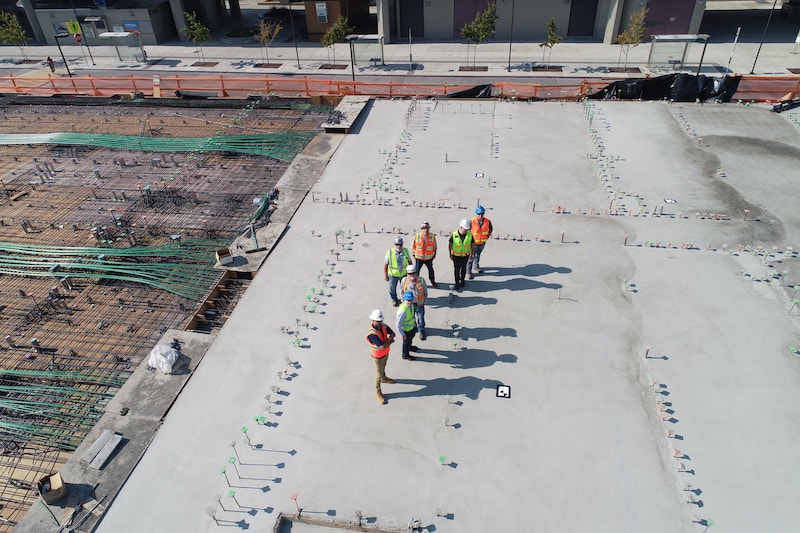
Transport Canada is a department of the Canadian government responsible for overseeing transportation policies and regulations, including those related to navigable waters. The department manages various programs and services related to water-based transportation, including reviewing applications for projects that may impact navigable waters.
Navigable Water Applications (NWAs) are applications submitted to Transport Canada by individuals or organizations seeking authorization for construction or other activities that may impact navigable waters in Canada. These applications are required under the Navigation Protection Act, which is designed to protect public navigation rights in Canada’s waterways. NWAs may include proposed activities such as building bridges or docks, dredging, or constructing pipelines or other infrastructure that may impact navigation.
Transport Canada reviews applications to ensure that they comply with the Navigation Protection Act and other relevant regulations and that they do not pose a significant risk to navigation safety or the environment. Our staff can assist with this application for your project.

Enhanced Assessment Process (EAP) supplements and Landscape Analysis Tools (LAT) are two types of tools used in environmental impact assessments (EIAs) to help identify and evaluate the potential environmental impacts of proposed projects.
EAP supplements are additional tools or procedures that can be used in conjunction with the standard EIA process to provide a more detailed analysis and evaluation of potential impacts. For example, an EAP supplement may include a specific methodology for assessing the potential impacts of a particular type of project, such as a mine or a pipeline.
LATs, on the other hand, are software tools that use geographic information systems (GIS) to analyze and visualize the potential environmental impacts of proposed projects. These tools can help to identify sensitive areas, such as wetlands or wildlife habitats, and assess the potential impacts of development on these areas. LATs may also be used to model potential impacts and evaluate different scenarios, such as changes in project design or mitigation measures.
CWP Environmental professions utilize both EAP supplements and LATs as they are designed to help improve the accuracy and effectiveness of EIAs by providing a more detailed and comprehensive analysis of potential environmental impacts. Identifying potential impacts early in the project planning process can help minimize negative impacts and ensure that your proposed projects are designed and implemented in an environmentally responsible manner.

Temporary Field Authorization (TFA) is a temporary authorization that allows an individual or organization to conduct operations or activities in a specific area for a limited period of time. TFA is typically issued by regulatory agencies or government authorities, and it is often required in situations where a permanent permit or authorization is not practical or necessary.
For example, TFA might be required for construction or maintenance activities in a public right-of-way, such as a street or sidewalk. In these situations, the TFA would specify the work’s location, duration, and scope and any conditions or restrictions that must be followed.
Overall, TFA is a useful tool for balancing the need for regulatory oversight with the practical realities of conducting temporary operations or activities in a controlled and safe manner. Let the CWP Environmental professionals assist you with this authorization process.

The Water Act is a piece of legislation in Canada that regulates the use of water resources, including surface water and groundwater. Water Act approvals are permits issued under this legislation that allow individuals or organizations to use or divert water for various purposes, such as irrigation, industrial processes, or hydroelectric power generation.
To obtain a Water Act approval, an applicant must submit an application to the regulatory authority responsible for administering the legislation in the relevant jurisdiction. The application must typically include information about the proposed water use or diversion, as well as any potential environmental impacts and proposed mitigation measures.
The regulatory authority will review the application and may require additional information or studies before deciding. If the application is approved, the Water Act approval will specify the terms and conditions under which the water use or diversion may occur, including the volume of water that can be used or diverted, the timing and duration of the use, and any other relevant restrictions or requirements.
Water Act approvals are typically valid for a fixed period of time, after which they may be renewed or amended if necessary. Failure to comply with the terms and conditions of a Water Act approval can result in penalties or enforcement action by the regulatory authority. CWP Environmental professionals can assist you with this application.
© CWP Environmental 2025